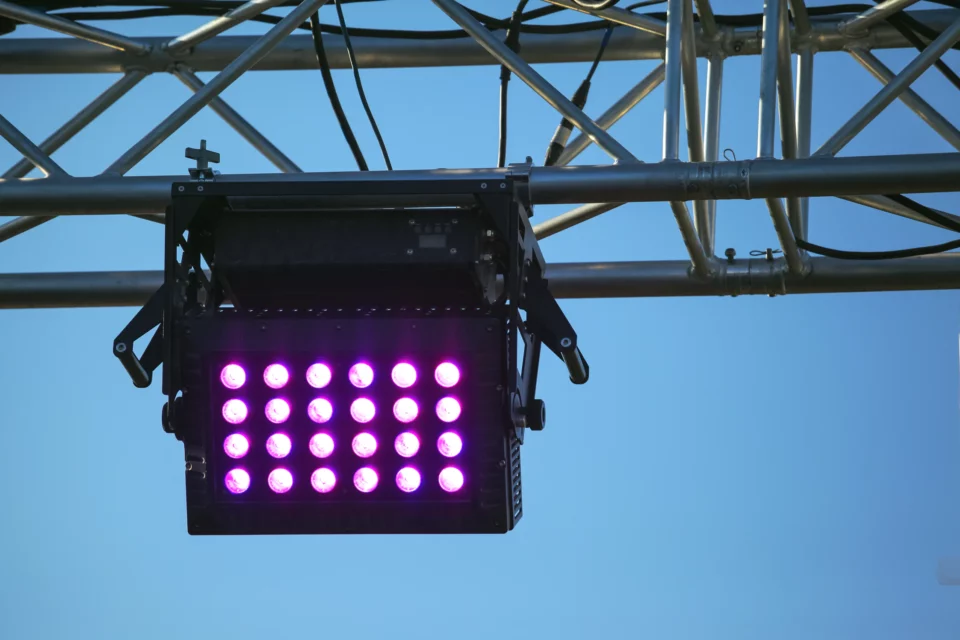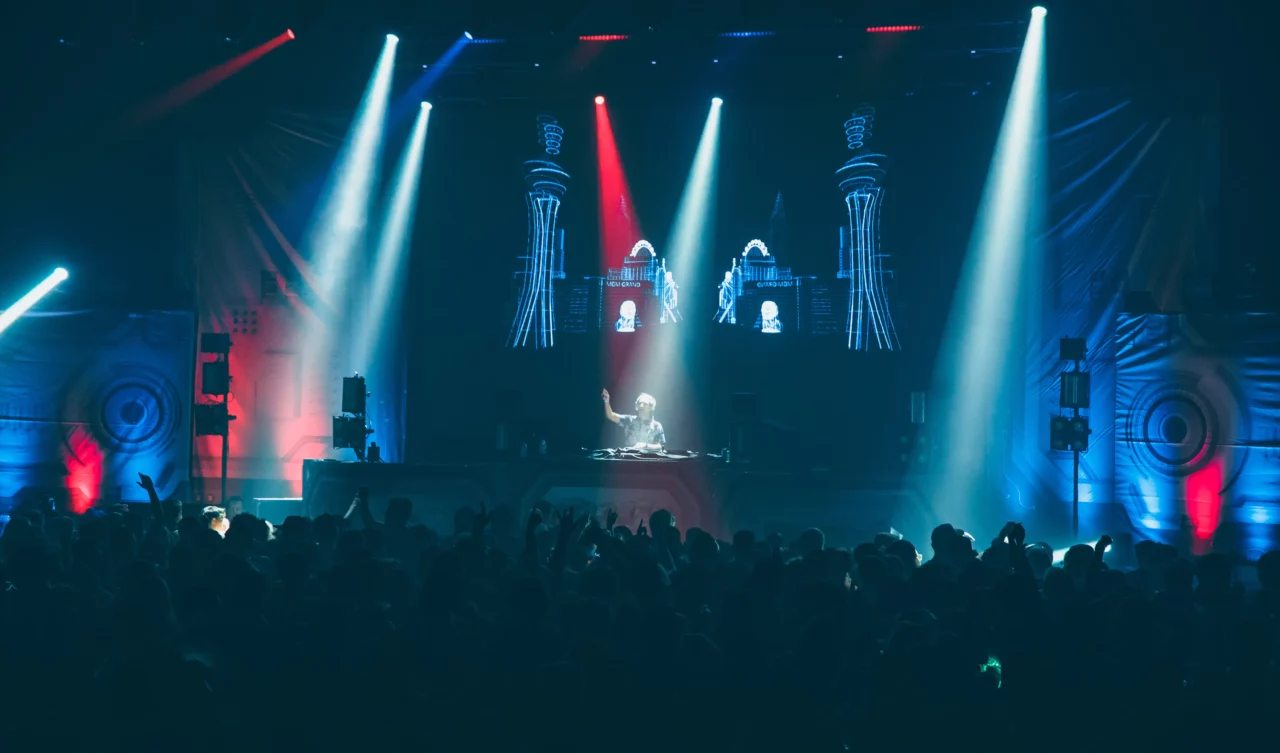Bar Lights: Illuminating the Stage with Spectacular Brilliance
In the realm of stage lighting, bar lights have emerged as a dynamic and powerful tool that adds a mesmerizing dimension to performances. With their ability to produce vibrant colors, customizable patterns, and seamless integration into any stage design, bar lights have become a staple in the entertainment industry. In this comprehensive article, we will explore the captivating world of bar lights, delving into their history, functionalities, applications, advantages, and considerations when selecting the perfect bar lights for your stage.
I. A Brief History of Bar Lights
The concept of bar lights in stage lighting can be traced back to the early days of theater and live performances. Initially, lighting designers relied on traditional lighting fixtures such as spotlights and floodlights for illumination. However, as technology advanced, the need for more versatile and innovative lighting solutions emerged. This led to the development of bar lights, which provided a more efficient and dynamic way to enhance the visual experience on stage. Over the years, advancements in LED technology and control systems have revolutionized bar lights, making them a go-to choice for professional lighting setups.
II. Components and Functions of Bar Lights
Bar lights are composed of several essential components that work harmoniously to create stunning visual effects. The housing, often constructed from robust materials like aluminum or steel, protects the internal components and ensures durability for rigorous stage use. Within the housing, the LED modules serve as the light source, providing exceptional brightness and color versatility. Bar lights come with various LED configurations, including RGB, RGBA, RGBW, and more, offering a wide spectrum of colors for precise customization. Advanced bar lights feature DMX control, allowing lighting designers to create intricate lighting cues and seamless transitions between colors and patterns.
III. Types of Bar Lights
Bar lights come in various shapes, sizes, and configurations, each tailored to meet specific stage lighting requirements. Linear bar lights, often long and narrow, are ideal for creating dynamic light washes and accentuating stage elements. Pixel-mappable bar lights boast individual control over each LED, enabling intricate patterns and graphics. Wall-wash bar lights are designed to provide a uniform wash of light across vertical surfaces, making them perfect for illuminating backdrops and architectural elements.
IV. Applications of Bar Lights
The versatility of bar lights makes them invaluable for a wide range of stage productions and events. In concerts and music performances, bar lights energize the stage with vibrant colors and dynamic effects, enhancing the mood and complementing the music. In theatrical productions, they contribute to setting the atmosphere, highlighting key scenes, and adding visual depth to the performance. Nightclubs and dance parties thrive on the pulsating energy of bar lights, creating an immersive and electrifying environment that captivates the audience.
V. Advantages of Using Bar Lights
The benefits of incorporating bar lights into stage lighting setups are vast. Their versatility allows lighting designers to achieve a myriad of effects, from subtle color changes to dazzling light shows that synchronize with the music. Bar lights offer excellent energy efficiency, reducing power consumption and heat output, which is crucial for prolonged performances and reducing the strain on cooling systems. Their compact and lightweight design makes them easy to install, transport, and rig, enabling faster setup times and greater convenience for touring productions.
VI. Limitations and Disadvantages of Bar Lights
While bar lights are highly versatile, they do have some limitations. Compared to moving head fixtures, they offer limited control over individual light beams’ movement, which may limit their ability to follow performers with precision. The brightness and intensity of bar lights may also lead to glare and light spill, affecting both performers and the audience. Additionally, some bar lights may have a limited range of colors compared to other lighting fixtures.
VII. Considerations When Choosing Bar Lights
Selecting the ideal bar lights for a stage requires careful consideration of several factors. The desired lighting effects, the size of the stage, and the audience area all influence the number of bar lights needed and their configuration. Lumens output, beam angle, and color mixing capabilities are crucial to achieving the desired visual impact. Compatibility with DMX control systems and ease of programming enable seamless integration with existing lighting setups and offer more creative possibilities for lighting designers.
VIII. Setting Up and Positioning Bar Lights
Proper setup and positioning of bar lights are vital for achieving the best lighting effects on stage. Understanding the throw distance and angle of the bar lights helps ensure even coverage and prevents unwanted shadows. Secure mounting and rigging are essential for the safety of performers, technicians, and the audience, especially in live performance settings.
IX. Maintenance and Care of Bar Lights
Regular maintenance is essential for the longevity and optimal performance of bar lights. Routine cleaning and inspection help keep the fixtures in peak condition, ensuring consistent light output and color quality. Replacing faulty LEDs or components promptly is essential to avoid disruptions during performances.
X. Industry Trends and Innovations in Bar Lights
As technology continues to advance, bar lights remain at the forefront of stage lighting innovation. Integration of wireless DMX technology allows for greater flexibility and mobility in controlling bar lights. Improved LED technology enables higher color accuracy, increased brightness, and extended lamp life. The incorporation of built-in pixel-mapping capabilities opens up a world of possibilities for creating intricate and dynamic visual displays.
Conclusion
In conclusion, bar lights stand as a testament to the ever-evolving world of stage lighting. Their history, functionalities, and applications showcase the significant impact they have had on enhancing live performances and creating captivating visual spectacles. From their early origins to the sophisticated LED fixtures of today, bar lights continue to be a vital tool for lighting professionals across the entertainment industry. As technology progresses, we can expect bar lights to keep shining brightly, illuminating stages and captivating audiences worldwide for years to come.





